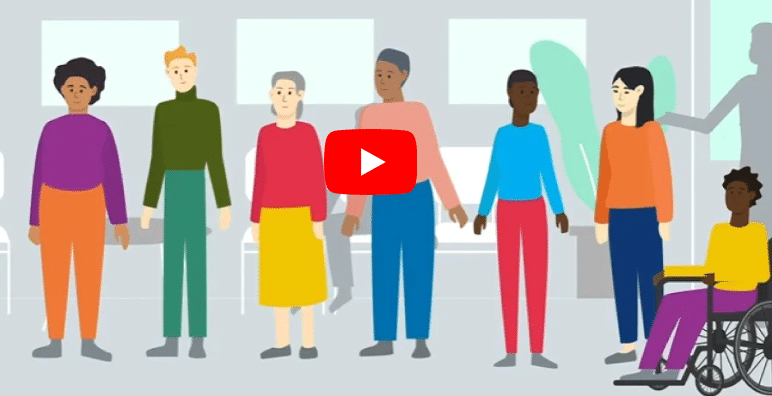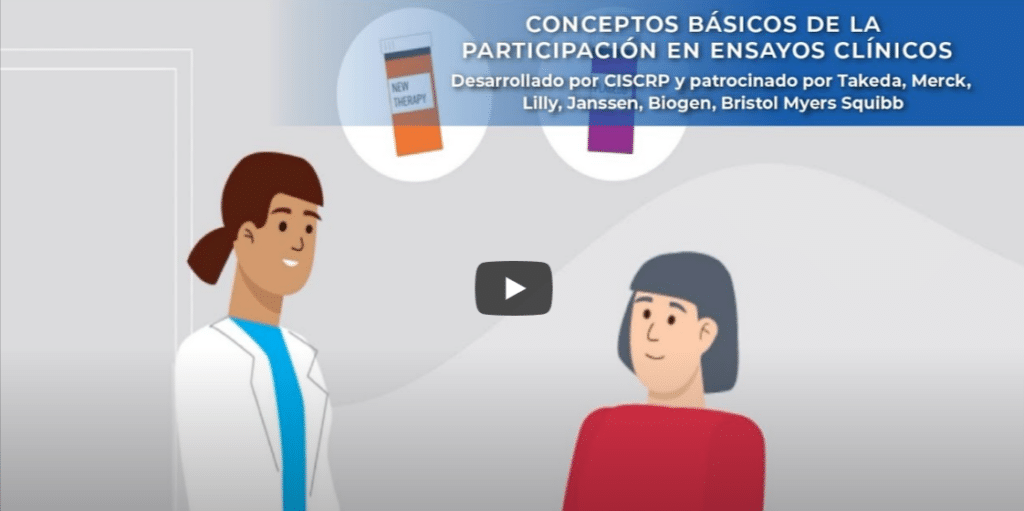Video
Panelists provide information for patients, patient advocates & the public about what decentralized clinical trials are, how they work, and the importance of diversity in clinical research participation in a 15-minute Flash webinar.
Featuring:
- Adam Samson, Moderator, Sr. Director of Clinical Operations & Customer Success
- Arsheen Ali, Panelist, Clinical Project Manager
- Myra Lane, Lead Virtual Research Coordinator



